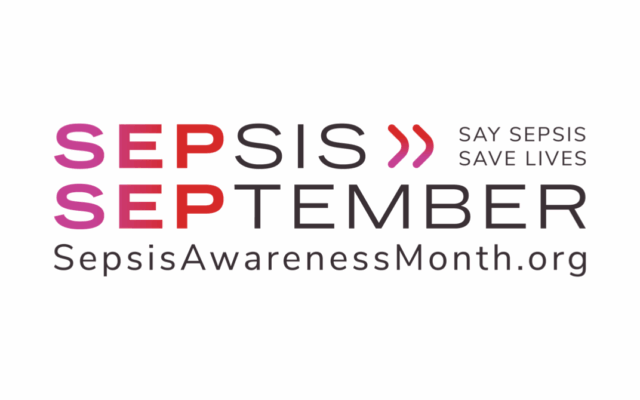
Diabetes and the Importance of A1C Testing
According to the American Diabetes Association, in 2015 diabetes was the 7th leading cause of death in the United States. 30.3 million Americans had diabetes, 84.1 million Americans age 18 and older had prediabetes and 1.5 million Americans are diagnosed with diabetes every year. It should come as no surprise that this is a disease that’s plaguing our nation.
An important part of testing for and managing prediabetes, type 1 and type 2 diabetes is a blood sugar test known as the A1C test. Since this test is such an important part of the lives of those affected by diabetes, we thought it would be worth discussing it in more detail.
How does the A1C test work?
Hemoglobin is a protein in red blood cells that carries oxygen. The A1C test measures how much of your hemoglobin is coated with sugar. The higher your A1C level, the poorer your blood sugar control which leads to an increased risk of diabetes complications. The A1C test is nice because it measures your average blood sugar level for the past two or three months, versus a specific moment, so it offers a more accurate picture of the situation and how well your treatment plan is working if you’ve already been diagnosed with diabetes.
How is the test performed?
The A1C test is a simple blood test taken either from your arm or your finger. It doesn’t require fasting, so you can eat and drink normally prior to the test (hallelujah!).
Where can I get the A1C test done?
If your primary care physician has ordered an A1C test, you can get this done at one of Oaklawn’s labs. With 6 locations to choose from and Saturday hours available at our Main Hospital Campus, you can get your A1C test done at a time and place that’s most convenient for you.
What are the different A1C ranges?
Obviously your provider will discuss your target ranges with you, but if you’re new to this then you might be curious about what the typical ranges look like for each condition. For a healthy individual without diabetes, their A1C level will fall below 5.7%. If your result falls between 5.7% and 6.4% then this is considered prediabetes. If your A1C level is 6.5% or higher on two separate occasions then this indicates you have diabetes. For most people who have been managing their diabetes, their target is typically 7% or lower, although some individuals have higher targets of up to 8%. A higher A1C level increases your risk of complications, so if your A1C is above your target then your provider may adjust your treatment plan. (It’s important to note that normal A1C ranges may vary amongst labs, so keep this in mind if you switch providers or labs).
How often do I need to get the A1C test done?
The A1C test is initially used as a diagnostic tool. If your results come back as prediabetic, type 1 or type 2, your test results will be used to establish a baseline A1C level. If you’re newly diagnosed, it may need to be repeated a few times until you learn to control your blood sugar.
Later, the frequency of testing really depends on your situation. For example, someone who is prediabetic may only need to get the test once a year whereas someone with type 2 diabetes who is using insulin and struggling to stabilize their blood sugar may need to have the test performed four times a year. Your physician will develop your testing schedule based upon your unique situation.
What factors can impact the effectiveness of this test?
There are certain factors that can impact the accuracy of the A1C test, some of which include:
Heavy or chronic bleeding (this can deplete your hemoglobin, making your test results falsely low).
Iron-deficiency anemia can cause inaccurate results that are too high.
If you have an uncommon form of hemoglobin (anything other than hemoglobin A) then this can cause false results on either end of the spectrum. Lab testing can confirm your hemoglobin type. If it shows that you have a hemoglobin variant then your A1C tests may need to be done at a specialized lab.
A recent blood transfusion could cause results that are falsely low.
Most importantly…
If you’ve been diagnosed with prediabetes, type 1 or type 2 diabetes it’s critical that you stay on top of getting your A1C test done as this is a great tool to be used for managing your diabetes. As always, work closely with your primary care physician to determine how frequently you should have your A1C test done.

